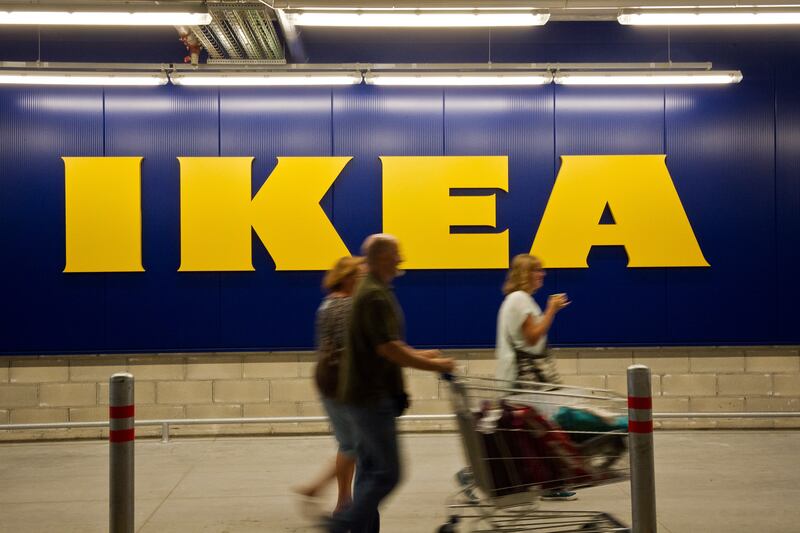Just a year ago, it seemed that old cars had joined old paintings and old wine as the safe bet for investment cash, assuming you had any. While the housing market, both here and globally, was just beginning to climb out of the mess of 2008 to 2014, classic cars were making serious money at auctions, especially if they were either rare, owned by a celebrity or, preferably, both.
It seemed to some that there might be no end to such bonanzas, such was the amount of "new" money entering the classic car scene from such markets as Russia, India and China, spent by people keen to snap up a million-dollar four-wheeled bauble that might gain them entry to blue-blooded events such as Goodwood's Festival of Speed or the annual Concours D'Elegance at Pebble Beach in California.
To others, it had the worrying resonance of the late 1980s; then, the stock market boom had pushed more and more cash into the classic car world, and prices had ballooned out of all proportion before, in the early 1990s, they came crashing back to Earth with an impact that would have killed off any remaining dinosaurs.

It got to the point where, in the mid-1990s, you could have bought a reasonable Aston Martin DB5 for as little as £20,000 – in punts or sterling.
Bond market
Now, though, that same Aston Martin would probably set you back the thick end of €200,000, and that’s assuming you could find a “reasonable” one. Painstakingly restored examples of the car that made itself an 007 star could go for multiples of that sum, and the prices extend to more humble machinery, too. A well-restored Mini Cooper S from the 1960s could net you as much as €60,000, especially if there’s an interesting name in the logbook.
That celebrity connection can really rock the auction block. An interesting comparison was made last week when legendary car-nut and occasional comedian Jerry Seinfeld put some of his beloved collection of classic Porsches up for auction. One of those cars was a rare, white 1989 Porsche 911 Speedster but, by chance, there was another almost identical model for sale by the same auction house, Goodings.
According to US website Jalopnik. com, the Seinfeld factor was therefore worth about $150,000 – the non-Jerry Porsche sold for $209,000 while Seinfeld's own car (more or less identical) sold for $363,000. So a celebrity name can add about 75 per cent to the value of your car, give or take.
Oddball or unusual cars can also make a killing.
At last weekend's Amelia Island Concours event in the US, Sotheby's auctioneers brought down the hammer on a 1964 Peel P50 – the smallest drivable car ever built and once made famous in a series of gags on Top Gear.
In spite of being (a) tiny and (b) powered by a moped engine which sits in the cabin and tries to kill you with fumes as you drive, it was expected to make between $75,000 and $100,000. It didn’t – it made $176,000.
Celebrity logbook
So, it’s QED then? Classic cars, assuming you pick the right one or find a star-studded name in the logbook, are a great way to make a quick-turnaround profit?
Not so fast. There are worrying signs about and the biggest one is the lack of a record-busting price for the recently auctioned Ferrari 355 S Scaglietti racing car. Sold in Paris last month, the 355 S had been raced by none other than Stirling Moss (among a host of other great racing names) and racked up wins and podium finishes in some of the greatest races of the late 1950s.
Ferrari failure
It had been expected to break the record auction price for a Ferrari, set in 2014, at the Monterey Classic auction in California, when a 1962 250 GTO sold for $38 million (€34 million).
It didn’t. In fact, it fell short. With fees and taxes, the final price did creep up a bit, to a reported €32 million, but that’s still not enough to beat the record. Experts and Ferrari fans had been eagerly anticipating the sale of the 355 Scaglietti, because it seemed, with the car’s amazing provenance, that it could surely not fail.
Is that failure a sign of an oncoming classic car price apocalypse? Possibly, possibly not, but it certainly seems to have some corners of the market a little spooked.
One classic car expert, who asked not to be named lest his colleagues shun him for talking down the market, told The Irish Times: "There has been a dramatic slowing, but it is hard to tell whether that is because of overambitious or greedy estimates or buyers being canny.
"Browse the websites for the auctions in Scottsdale – Gooding, RM and Bonhams – and Paris – RM, Bonhams and Artcurial – to get a feel of how many lots are going unsold. It is loads.
“That said, if people are deciding not to sell a car that may have cost them £40,000 10 years ago for £400,000 today, that does not necessarily mean the market is in trouble, just that people are only consigning the cars because they are being promised more than they are worth or they are just very greedy and want to cash in on silly money. Many are just chancing their arms.
Going private
“But consider that Bonhams’ top-seller in Paris – the Ferrari 275 – went for €1.8million. That may seem a lot of money but it is €700,000 below bottom estimate and only half the upper estimate – that would be considered pretty catastrophic by any standards.”
There is hope for the market, though, and it’s in a world removed from the public one of auctions. Sales between private collectors are seeing classic cars change hands for vastly inflated sums.
“Bear in mind auctions are not a proper guide anyway,” said our anonymous expert.
“Everyone talks about the world record, but we know of cars that have sold for at least twice the ‘world record’ privately. You just don’t hear about them because they are not public.”
So, if you’re planning to eschew bricks and mortar or bottled grape juice for your next investment, are classic cars still a safe haven for your money? Not as safe as once they were, it would seem.

















